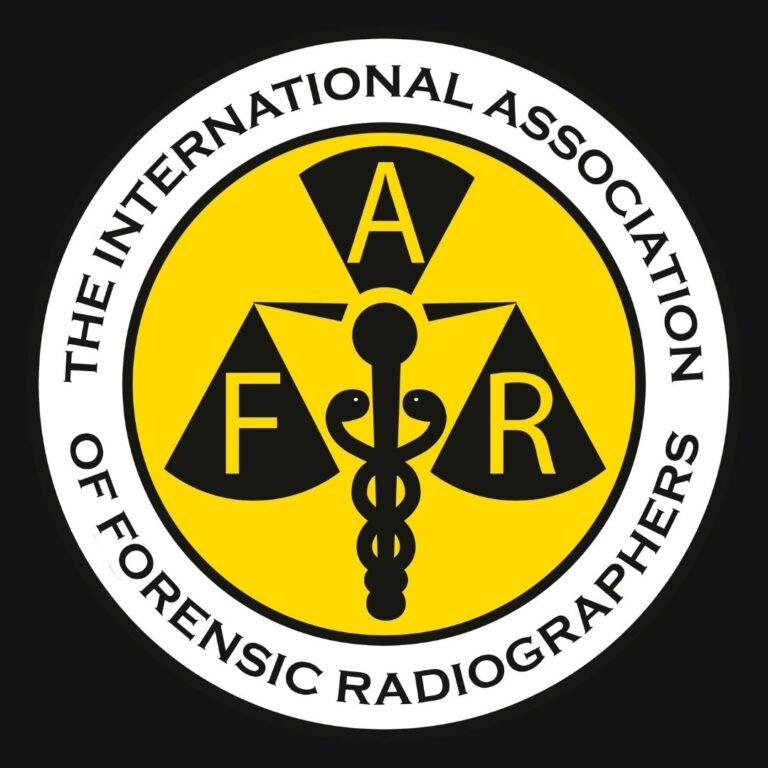ANZ Branch
The ANZ Branch of IAFR covers Australia and New Zealand
ANZ Branch
The Australian and New Zealand branch of the IAFR was formed in 2018. There is little known about the scope of forensic radiography practices in these countries and there is limited awareness of how forensic radiography cases are managed and recorded. We aim to promote awareness of forensic radiography throughout Australia and New Zealand and provide a network for radiographers to seek support and education within this field.

What We Do?
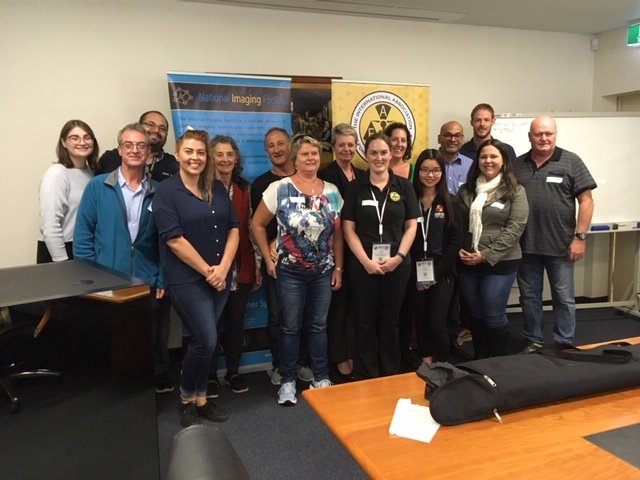
The branch is working to:
- Establish current forensic radiography practices in Australia and New Zealand
- Develop guidelines for best practice in forensic radiography
- Provide opportunities for professional development and education in this field
- Create a network of radiographers undertaking forensic radiography
- Establish a Forensic Radiography Response Team of trained forensic radiographers to be deployed within Australia or New Zealand, in a disaster situation should Disaster Victim Identification (DVI) processes need to be carried out
ANZ Branch Events
All upcoming IAFR events can be found from here.
SAVE THE DATE! Wednesday 25th March 2026. ANZ IAFR will be hosting 2 workshops prior to ASMIRT 2026 in Hobart. NAI for Radiographers Back to Basics of Forensic Imaging Details […]
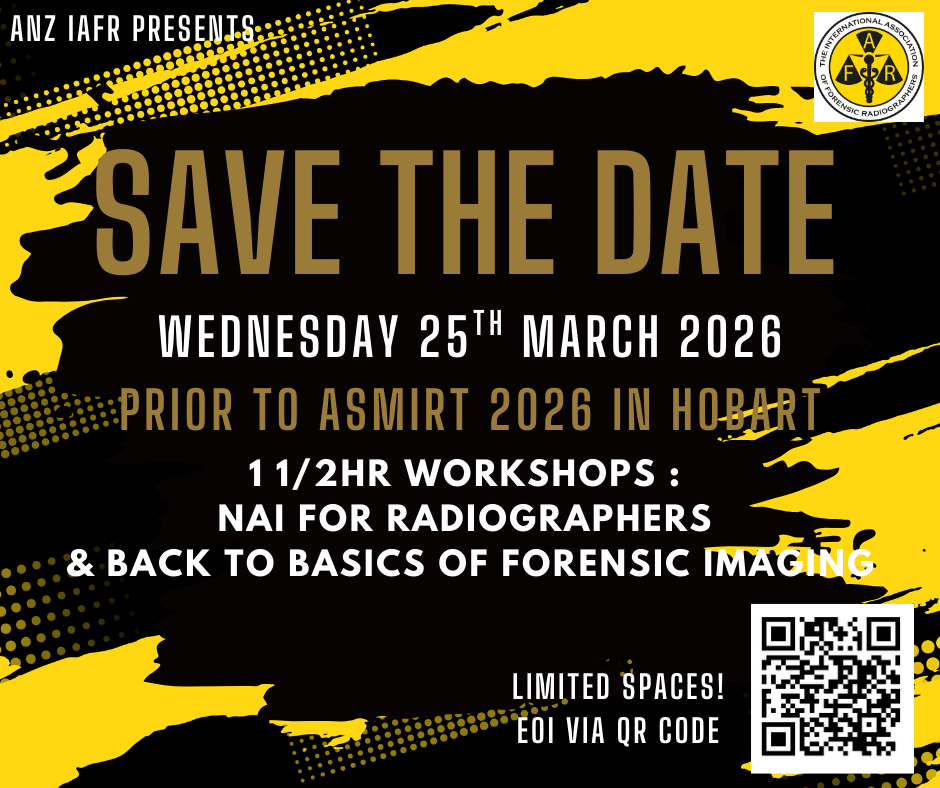
ANZ Branch Research
- Typical median effective radiation doses using an anthropomorphic bone fracture phantom for initial radiographic skeletal surveys in the investigation of suspected physical abuse (Doyle et al, 2022)
- Can low-dose whole-body computed tomography replace a radiographic skeletal survey when investigating paediatric non-accidental injury?
- Guidelines for best practice: Imaging for age estimation in the living (Doyle et al, 2019)
- Is AXR or CT of the abdomen the most appropriate imaging modality for the detection of illegal substances concealed, taking into consideration the sensitivity, specificity and radiation dose? (Lan & Doyle, 2019)
- Keeping Children Still in Medical Imaging Examinations - Immobilisation or Restraint: A Literature Review (Ng & Doyle, 2019)
- A literature review of ‘best practice’ for radiographers when imaging suspected non-accidental injury or physical abuse of children in Australia and New Zealand (Doyle & Vuong, 2019)
- Is PMCT-calculated coronary artery calcium score (PMCT CaSc) a predictor of sudden death due to coronary ischaemia in younger persons i.e. males <50 years of age and females <60 years of age? (Jayasooriya & Doyle, 2019)
- Radiographic skeletal survey for non-accidental injury: Systematic review and development of a national New Zealand protocol (Phillips et al, 2015)
ANZ Branch Committee
The branch has a committee, elected from the membership, that works within its constitution.
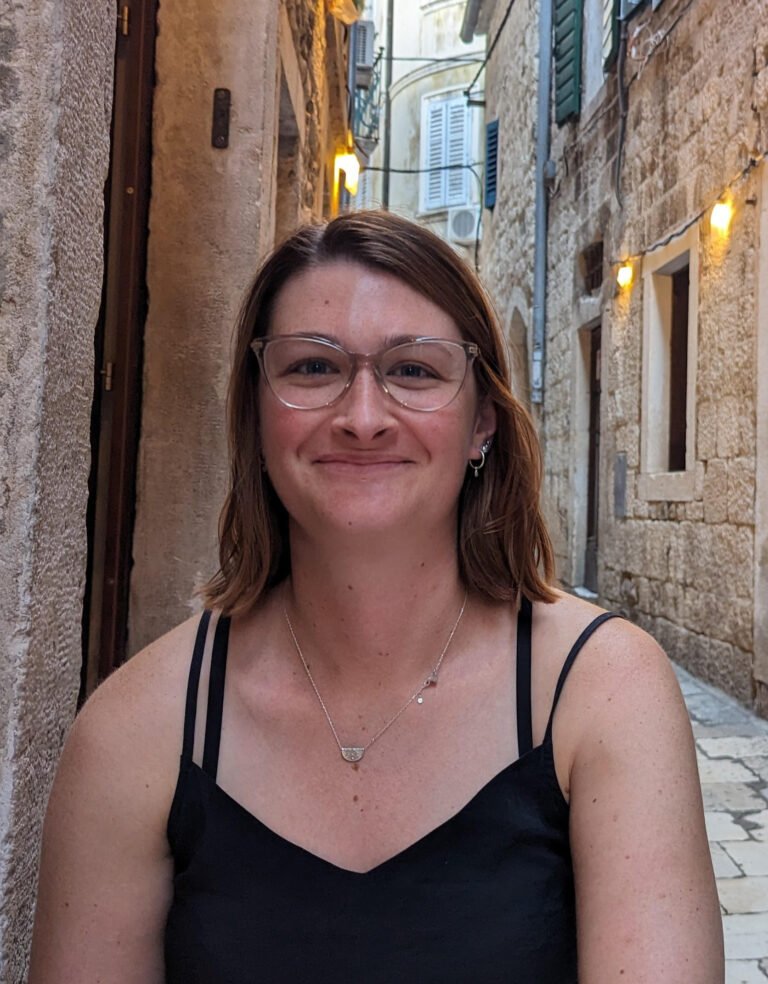
Courtney is a supervising radiographer from Perth, Western Australia, where she trained and currently lives. Following a love of travel, she has also lived and worked in the Northern Territory and the United Kingdom, where she gained experience in forensic imaging, focusing on her main interests in Post Mortem CT and Disaster Victim Identification.
Courtney Steels
BSc (Hons), Prof.Cert.
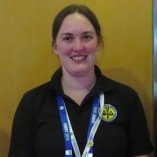
Edel is a founding member of the ANZ branch. She led the introduction of the post-mortem CT service in Darwin. She is currently enrolled in a PhD at Monash Uni investigating the use of low-dose CT in suspected physical abuse of children. She has organised DVI and NAI workshops, webinars and multiple study days in Australia on behalf of the IAFR.
Edel Doyle
BSc (Hons), MSc, MSc, MSc, Prof.Cert.

Originally from Malaysia, Faye now works in Canberra where she is also a sessional academic with the University of Canberra. With a strong interest in forensic science and post-mortem angiography, she has presented at a number of conferences and forums and is keen to complete her Masters of Forensic Radiography.
Faye Jong
Bsc

Sandra is a Canadian trained Radiographer, living on the Sunshine Coast, Queensland. She currently works part-time for a private radiology practice, as well as casual imaging shifts at a medical research facility. Sandra has always had an interest in the forensic world.
Sandra Dixon
BSc

Rebecca is a New Zealand trained radiographer living and working in Hawke’s Bay, NZ as a lead surgical radiographer. She has a background in veterinary post mortem imaging and forensic science and is currently studying paramedicine. Her main interest is in Disaster Victim Identification.
Rebecca McDougal
BApplSc, BSc, PGDipForensics

Carlie worked at the Alfred Hospital after graduating before moving to Darwin. There she was lead forensic radiographer for the Top End Health Service where they perform post mortem CT. Now Based in Perth Carlie still has a passion for forensic radiography and education.
Carlie Nancarrow
BSc
Contact Us
For any specific queries relating to the ANZ Branch, please e-mail us. You can also join our Facebook group for further information and discussion on forensic imaging.
ANZ Branch
anz@iafr.org.uk

